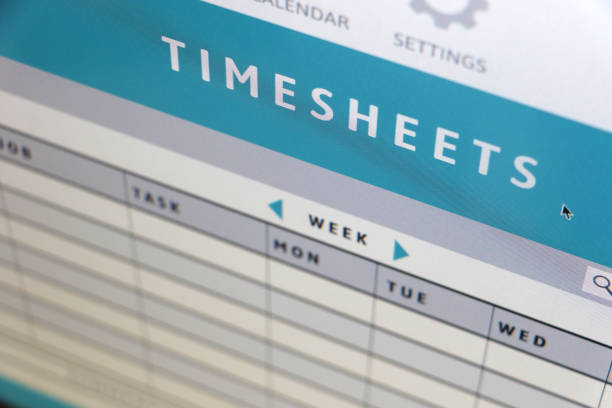In today’s fast-paced world, time is a precious commodity. Businesses and individuals alike are constantly seeking ways to maximize their productivity and streamline their operations. One powerful tool in this quest for efficiency is the humble time card. In this comprehensive guide, we will delve into the world of time cards, exploring what they are, how they work, and why they are essential for effective time management.
Contents
Understanding Time Cards
What are Time Cards?
Time are tools used by businesses to track the hours worked by employees. They typically consist of a physical or digital document where employees record their start and end times for each workday.
The Evolution of Time
From punch cards to digital time tracking systems, the evolution of time cards has been driven by the need for accuracy, efficiency, and convenience. Today, modern time card software offers a wide range of features, including automated tracking, reporting, and integration with payroll systems.
Benefits of Using Time Cards
- Accurate Time Tracking: Time cards provide a reliable record of employee hours, helping businesses ensure fair compensation and compliance with labor regulations.
- Streamlined Payroll Processing: By automating time tracking and calculations, tie cards simplify the payroll process, reducing errors and saving time.
- Insightful Analytics: Time card data can offer valuable insights into employee productivity, overtime trends, and project costs, enabling informed decision-making.
Choosing the Right Time Card System
Factors to Consider
- Scalability: Whether you’re a small business or a large enterprise, choose a time card system that can grow with your needs.
- Integration: Look for a system that seamlessly integrates with your existing software and workflows, such as payroll and accounting systems.
- Accessibility: Opt for a solution that offers flexibility in how employees can clock in and out, whether through mobile apps, web portals, or physical terminals.
Popular Time Card Systems
- TSheets: A cloud-based time tracking solution known for its user-friendly interface and robust feature set.
- ADP Workforce Now: An integrated HR and payroll platform that includes time tracking functionality.
- Zenefits: A comprehensive HR software suite that includes time and attendance tracking among its features.
Maximizing Efficiency with Cards
Time Management Tips for Employees
- Plan Ahead: Encourage employees to prioritize tasks and allocate time for each activity to avoid procrastination and ensure deadlines are met.
- Minimize Distractions: Create a conducive work environment free from distractions like social media, emails, and unnecessary meetings.
- Take Regular Breaks: Breaks can help prevent burnout and maintain focus and productivity throughout the day.
Time Tracking Best Practices for Employers
- Set Clear Expectations: Communicate your expectations regarding time tracking accuracy and compliance with company policies.
- Provide Training: Ensure that employees are properly trained on how to use the time tracking system to avoid errors and discrepancies.
- Regularly Review and Analyze Data: Use time card data to identify patterns, trends, and areas for improvement, and adjust workflows accordingly.
Common FAQs About Cards
What is the purpose of a time card?
A time card serves as a record of hours worked by employees, facilitating accurate payroll processing and compliance with labor regulations.
Are time cads still relevant in the digital age?
Absolutely. While the methods of time tracking have evolved, the fundamental purpose of time cards remains unchanged: to track employee hours accurately and efficiently.
How can I prevent time card fraud?
Implement strict policies and procedures for time tracking, such as requiring employees to clock in and out themselves and conducting regular audits of time card data.
Can time help improve employee productivity?
Yes, by providing insights into employee work patterns and identifying areas for improvement, time can be a valuable tool for enhancing productivity.
What are some common mistakes to avoid when using time ?
Common mistakes include forgetting to clock in or out, rounding time inaccurately, and failing to account for breaks or overtime hours.
Is it legal to require employees to use timecards?
Yes, it is legal for employers to require employees to use cards as long as they comply with labor laws and regulations regarding overtime pay and record-keeping.
Conclusion
Time cards are more than just a tool for tracking hours; they are essential for optimizing efficiency, ensuring compliance, and fostering a culture of accountability in the workplace. By understanding how to choose, implement, and use time cards effectively, businesses can unlock new levels of productivity and success.


